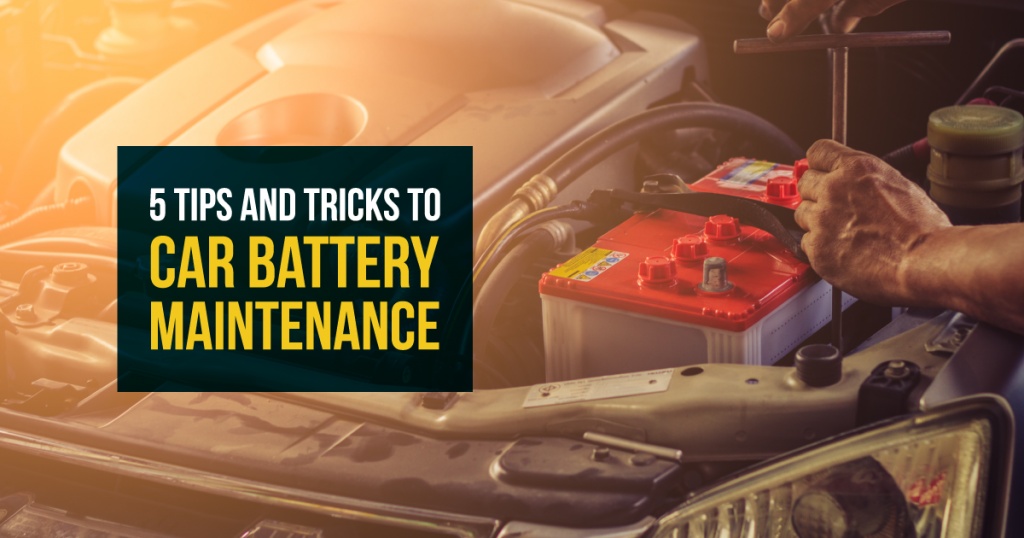Introduction
Your vehicle’s battery provides the electrical charge that cranks the engine to life, hence the significance in car battery maintenance. There are two other major components to your vehicle’s starting and charging system.
-
Check your Starter
When you turn the ignition key, you are actually activating the starter, which then cranks the engine. When the starter isn’t working, the engine will not switch on. Starter problems may be due to electrical and/or a mechanical starter component failure or an outright circuit breakage.
-
Alternator

This gadget is responsible for recharging your battery while the vehicle is running. The alternator also works in conjunction with the battery to operate the vehicle’s electrical components such as the headlights and windshield wipers. A faulty alternator results in electrical components operating erratically, or even causing your engine to suddenly grind to a halt.
If you have battery trouble, there are a few things you may want to troubleshoot before calling for assistance or replacing the battery. Be sure the battery is properly secured. Vibration caused by an unsecured battery can affect battery life. The cables to the battery terminals must be clean and securely connected. A buildup of corrosive elements on the terminals can seriously weaken starting power.
Signs of Battery Problems
The first signs of a dying battery are the inability to hold the charge. This could be due to various factors like a weak alternator. If you experience full drainage or a flat battery, it may indicate another problem such as a faulty charging system.
The best way to test a battery is with an electronic tester available at a majority of battery retailers. Connect the tester to the battery to take a voltage reading of the battery’s condition. This will indicate whether it needs to be replaced.
This check should be part of the vehicle’s routine maintenance and done each time you service the vehicle or do an oil change. If the battery is older than three or four years, start expecting problems.
Secondly, short trips and long periods of inactivity will draw on the battery’s life. Batteries tend to give trouble in cold seasons more than in hot seasons
Thirdly, take a look at the battery itself. Corrosion or battery acid stains mean a leaking battery. Look for corrosion buildup around the terminals.
Clean the buildup with a baking soda and water mix. Use gloves and safety glasses when working with the battery. The electrolytic solution is partially sulfuric acid, which can burn the skin.
Replacing the battery
If your battery is dead, head to your local battery dealer and select the battery based on your car owner’s manual. Batteries have specific amperage, indicated on the top casing. You have the choice of purchasing either car maintenance-free batteries or your regular lead acid version.

Maintenance-free batteries don’t require distilled water top up hence are more expensive to purchase. If you desire to have trouble free driving, maintenance free batteries are the way to go. If not then ensure you regularly check the acid level frequently and top up with distilled water to ensure maximum operational performance.
Conclusion
It is wise to have your battery looked at whenever your car experiences servicing. This will relieve you of the troubles of having a constantly failing battery and extra charges. It will also give the battery a life span of close to five long years of great service.
